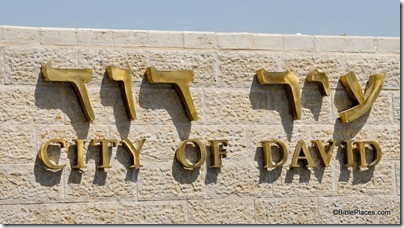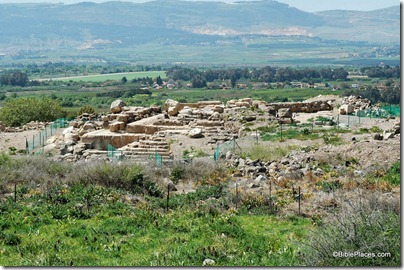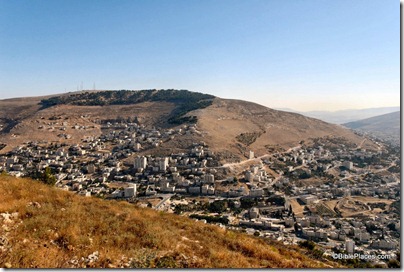Did the mosaic floor unearthed in 2005 in the yard of a prison near Megiddo belong to the “world’s most ancient Christian church”? As far as the developers of a $7 million project are concerned, it did. The prison will be moved within two years and a tourist center constructed to welcome half a million tourists in the first year alone. Haaretz reports:
The church remains were unearthed four years ago [sic], during prison renovations. The excavations revealed a mosaic floor, with three inscriptions. The one to the west of the mosaic reads, “The god-loving Akeptous has offered the table to God Jesus Christ as a memorial.” The inscription and other findings, such as coins, are believed to date from the third century.
The findings suggest that the Roman army that was positioned at the site was involved in Christian community rituals even before the institutionalization of the Christian church.
When the findings were unearthed archaeologists said that “it is likely that the inscription points to the antiquity of the building. At first there were tables that served an eating ceremony, and only later alters were added. That takes us back to an ancient period, before the institutionalization of churches with basilicas.”
The full report is here. Previous related stories on this blog include:
- Ancient Church Found at Megiddo (Nov 2005)
- Move the Megiddo Prison (Jan 2006)
- Lick the Megiddo Prison Mosaic (May 2006)
- That Megiddo “Church” (July 2006)
- Megiddo Church/Prayer Hall (August 2006)
- Tabor on the Megiddo “Prayer Hall” (Dec 2006)




